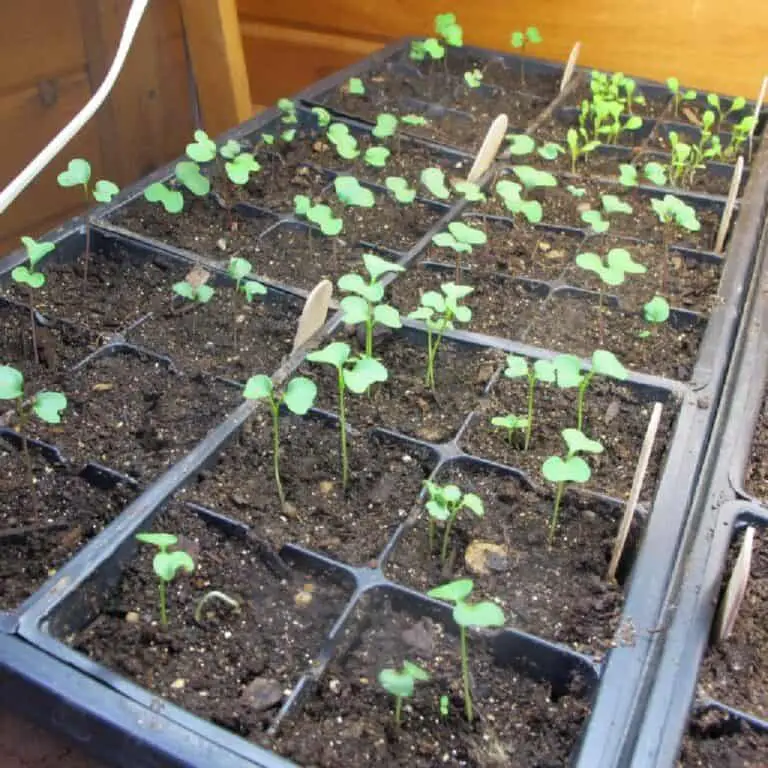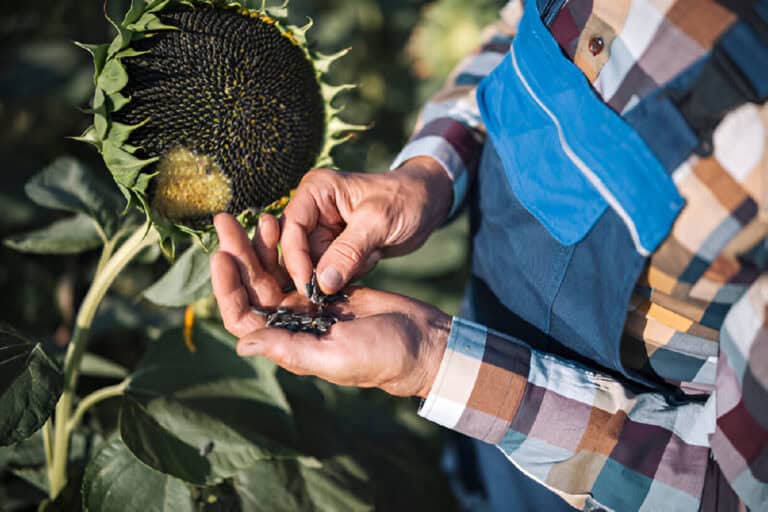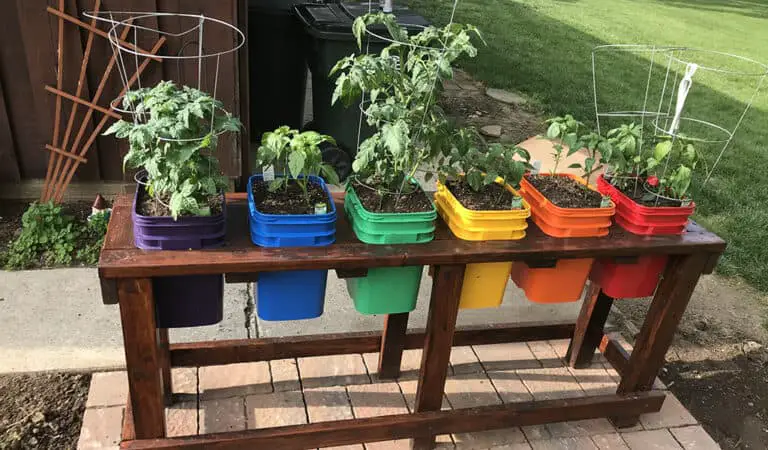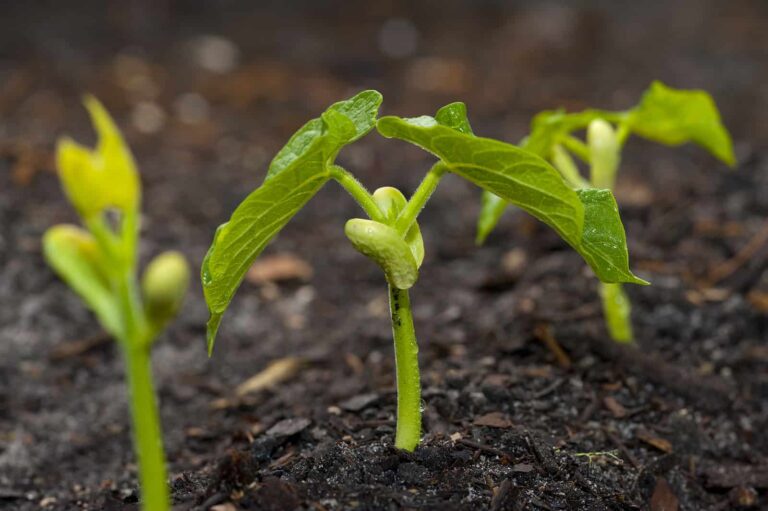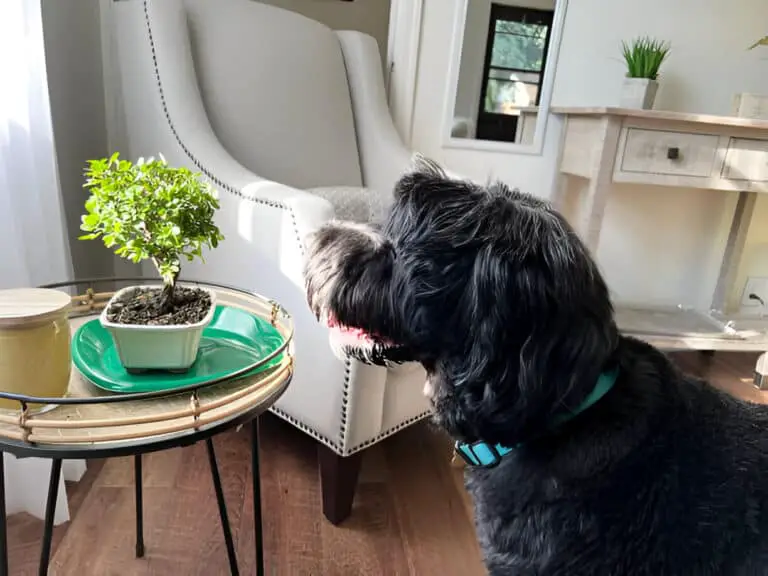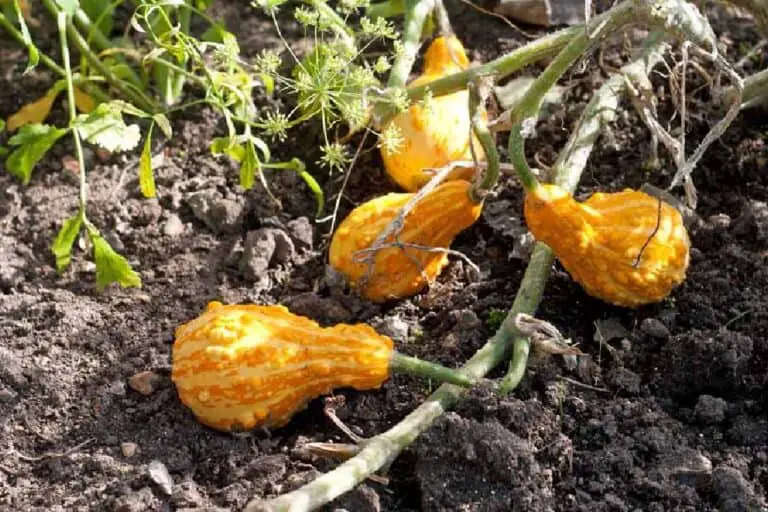Growing Aspidistra Outdoors: What You Need to Know
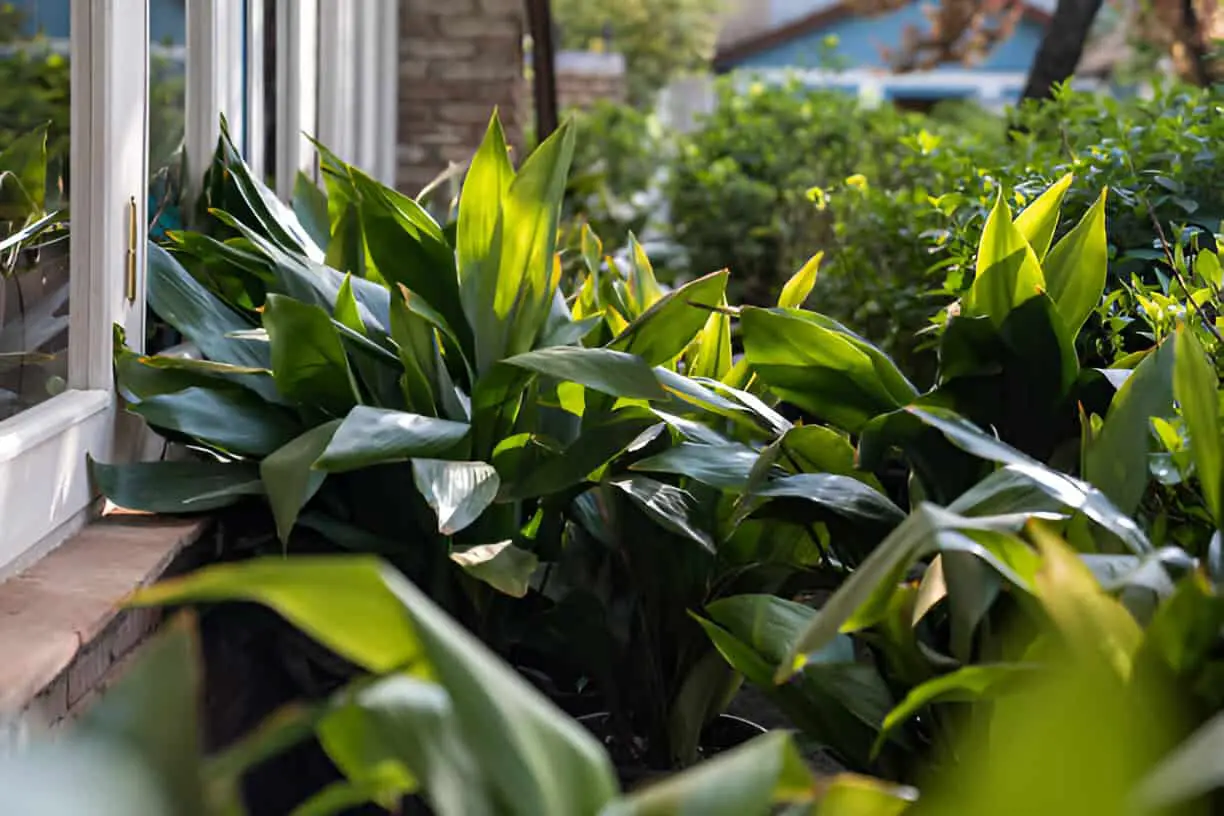
I still remember the first time I heard about growing Aspidistra outdoors. It was during a visit to an old friend’s garden, and there they were—tall, glossy green leaves waving in the shade, as if they had always belonged there.
Until that moment, I thought of Aspidistra only as an indoor plant, the kind you’d see in Victorian homes, quietly thriving in low light. But my friend insisted they were perfect for outdoor cultivation, too. Intrigued, I dove headfirst into learning all there is to know about growing Aspidistra outdoors.
Spoiler alert: they’re tougher than they look, and if you’re looking for a low-maintenance, hardy plant, Aspidistra might just be your new best friend.
What Exactly Is Aspidistra?
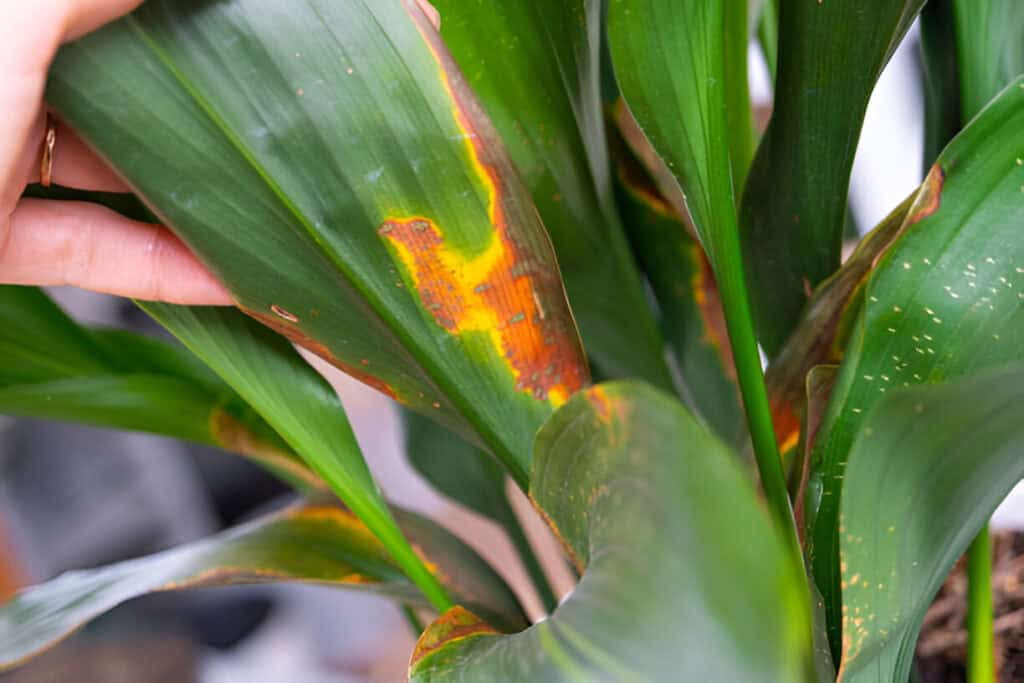
Aspidistra, often known as the “cast iron plant” (and for good reason), is one of the most resilient plants you can find. Native to the forests of East Asia, it’s a slow-growing, evergreen perennial with wide, lance-shaped leaves that can grow up to 2 feet tall.
These glossy green leaves are not just pretty; they’re survivors. When I say “cast iron,” I mean it. Aspidistra can take a beating—whether it’s low light, poor soil, or irregular watering. Their indoor reputation is well earned, but believe me, they’re just as comfortable outdoors, thriving in shady corners of the garden where other plants might sulk.
But before you rush to plant them outside, there are a few things you need to know to ensure they thrive in the open air.
The Ideal Outdoor Environment for Aspidistra
One of the first things you should know about growing Aspidistra outdoors is that it thrives in shade. This plant is a shade-lover through and through, which makes it a perfect candidate for those darker spots in your garden where other plants refuse to grow.
I once tried planting it in a partially sunny spot, and it didn’t appreciate that one bit. The leaves started to turn yellow, and the whole plant seemed to sulk. Lesson learned—stick to the shade!
Here’s a quick checklist for Aspidistra’s outdoor growing environment:
- Shade: The plant loves deep or partial shade. Direct sunlight can scorch its leaves, so if you’ve got a shady nook under a tree or next to a north-facing wall, that’s where your Aspidistra will thrive.
- Well-Drained Soil: While it can tolerate poor soil, it absolutely hates waterlogged conditions. Good drainage is key.
- Moderate Watering: While not fussy about frequent watering, Aspidistra doesn’t like to sit in soggy soil. Let the soil dry out a bit between watering sessions.
Table: Ideal Conditions for Outdoor Aspidistra
| Condition | Aspidistra’s Preference |
| Sunlight | Partial to deep shade |
| Soil | Well-draining, loamy |
| Watering | Moderate, let soil dry |
| USDA Zones | 7-11 |
Can Aspidistra Survive Cold Weather?
You might be wondering if Aspidistra can survive cold temperatures. After all, it’s known for being an indoor plant in cooler climates. The good news? Aspidistra can handle cooler weather, especially if you’re in USDA hardiness zones 7 to 11.
If you live in these zones, you’re in luck because Aspidistra can survive mild winters outdoors. It can tolerate temperatures down to about 15°F, but if your area experiences prolonged freezing temperatures, you’ll want to give it a little extra protection.
Now, I’ve had a few experiences where my outdoor Aspidistra had to brave unexpected cold snaps. Let me tell you, they soldiered through like champs, although a light frost cloth or mulching around the base can help keep them cozy during chillier months.
If you live in a region where temperatures regularly dip below freezing, consider bringing potted Aspidistras indoors or providing them with a protective cover.
Protecting Your Aspidistra in Winter: My Go-To Tips
Here are a few tips to ensure your Aspidistra survives colder months:
- Mulch Generously: A layer of mulch around the base of the plant helps retain moisture and insulate roots from frost.
- Cover with Frost Cloth: If you expect a frost, use a frost cloth or lightweight blanket to cover the plants overnight.
- Water Sparingly in Winter: Cut back on watering during colder months, as overly wet soil combined with cold temperatures can lead to root rot.
Why You Should Grow Aspidistra Outdoors
One of the biggest benefits of growing Aspidistra outdoors is how low-maintenance it is. I’ve found it to be an excellent “set it and forget it” plant. Once it’s established, Aspidistra practically takes care of itself. It’s ideal for shady garden spots where other plants struggle to survive.
And if you’re someone who travels or forgets to water your plants (guilty!), Aspidistra is a forgiving friend. It will bounce back from neglect much better than many other plants.
Not only does it fill in those shady gaps, but its thick, glossy leaves also add texture and a sense of lushness to the garden. It works wonders as a ground cover or as a backdrop to more delicate shade-loving flowers like hostas or ferns.
List: Why Aspidistra is Great for Your Garden
- Perfect for deep shade
- Extremely low maintenance
- Tolerates a variety of soil conditions
- Resistant to pests and diseases
- Long-lived and durable
Common Problems and How to Fix Them
Even the hardiest plants can face some challenges, and Aspidistra is no exception. Although it’s tough, it’s not invincible. Here are a few common issues I’ve encountered:
- Yellowing Leaves: When your Aspidistra’s leaves start yellowing, it’s usually a sign of too much sunlight or water. Move it to a shadier spot and check the soil’s drainage.
- Brown Leaf Tips: Dry air or lack of humidity can cause browning at the tips. This problem is more common indoors, but if you notice it outdoors, try misting the plant occasionally.
- Root Rot: Aspidistra doesn’t appreciate being waterlogged. Ensure proper drainage, and reduce watering if you suspect root rot.
Table: Quick Fixes for Common Aspidistra Problems
| Problem | Cause | Solution |
| Yellowing Leaves | Too much sunlight/water | Move to shade, improve drainage |
| Brown Leaf Tips | Dry air | Mist occasionally or increase humidity |
| Root Rot | Waterlogged soil | Reduce watering, improve soil drainage |
Propagating Aspidistra Outdoors
If you’ve ever wondered how to propagate Aspidistra outdoors, let me assure you it’s easier than you think. Once you’ve got a healthy, established plant, you can divide it to create new plants.
I’ve found that the best time to do this is in the early spring or late summer. Just dig up the plant, carefully divide the root ball, and replant in a shaded area with well-draining soil.
Final Thoughts: A Cast Iron Friend for Your Garden
Growing Aspidistra outdoors has been one of my favorite gardening adventures. It’s not just about filling a shady corner—it’s about finding a plant that matches your pace. Aspidistra doesn’t demand much, yet it offers lush greenery and resilience that makes it feel like a true companion in the garden.
Whether you’re an experienced gardener or a complete newbie, I’d highly recommend giving Aspidistra a try outdoors. Its charm and toughness might surprise you, just like they did for me.
So, are you ready to add a little “cast iron” strength to your garden?

